By: Richard Oxenberg
so much depends
upon
a red wheel
barrow
glazed with rain
water
beside the white
chickensWilliam Carlos Williams
In order to appreciate Heidegger’s thought it is necessary to see it in relation to the Western metaphysical tradition from which it has emerged. This would be true, of course, for any thinker, but it is especially so for Heidegger, because Heidegger’s thinking represents a radical challenge to the tradition itself. Heidegger does to the traditional view of Being and the world what Marx is said to have done to Hegel’s dialectic: he stands it on its head. He stands it on its head – so he might contend – in order that we might finally see it right-side-up.
The problem with the traditional view, from Heidegger’s perspective, is not that it fails to illuminate the most abstract and remote issues, the Alpha and Omega of Being, but that it fails to properly grasp what is most obvious, what is everyday, what is right before our eyes; what is, perhaps, so close that it is uncomfortably close. And in this failure it has institutionalized an interpretation of life that is inauthentic and self-alienated. Perhaps the best way to see this is to examine something that is itself rather simple and everyday, first from the traditional and then from the Heideggarian standpoint.
The poem quoted above will serve this purpose well. It is, apparently, the expression of a simple moment of life; perhaps it is a worried sigh, a moment’s nervous reflection. It might have been uttered at the end of a long day’s work, or in preparation for a new one. It is almost too simple to say anything about. We are finished with it before we have begun. And yet it is precisely here, in the obvious, in the everyday, that Heidegger begins his revolutionary investigations.
Of what does the world consist? If we ask this question of traditional metaphysics the answer we receive, allowing for variations of terminology and approach, is: substance and form manifest as entities in relation. The world is made up of a manifold of disparate entities related to each other in space and time. These entities are of various shapes, sizes, and compositions; and among them are we ourselves, human beings. Human beings, admittedly, are somewhat problematic, for they possess minds and it is difficult to say exactly how minds fit into the world of spatio-temporal entities in relation. But, however this may be, the mind itself is conceived as just another kind of thing in the world, another entity present among the spatio-temporal complex of entities. If we can come to understand how all these entities have emerged, what their essential properties are and how they relate to one another, we will have understood all there is to know about the world of which they and we are a part.
Let us look at the William Carlos Williams’ poem, then, as a microcosm of this world and see what light we can shed on it from this perspective. There are three entities present in the world of this poem. The poem tells us of the wheelbarrow, the rainwater and the chickens. We are told something of the properties of these entities as well: the wheelbarrow is red, the chickens white, the rainwater, as we can surmise from the fact that it ‘glazes’ the wheelbarrow, is clear. And, further, the poem tells us of the spatial relations of these entities to one another: the red wheelbarrow is ‘beside’ the white chickens, the rainwater ‘glazes’ the surface of the red wheelbarrow. The poem circumscribes a region of space and tells us what is present there and how it is present: a red wheelbarrow, glazed by rainwater, beside white chickens. From the traditional standpoint we easily understand all of these terms and relations, and having understood them we have more or less exhausted all that can be gleaned about this world from this poem.
And yet there is something missing. If we were to reconstruct the poem on this basis we would get something like: ‘There is a red wheelbarrow/ glazed by rainwater/ beside the white chickens.’ But this is not the poem. Something essential has been left out. We have, of course, entirely neglected the first line of the poem: ‘So much depends upon…’. How are we to fit this line into our foregoing analysis? What is this ‘depends upon’? What sort of an entity is it and where does it stand in relation to the other entities of the poem? But, of course, it is not an entity at all. It is not a ‘something’ that is also present along with the wheelbarrow and the chickens. What is it then? In a world composed entirely of entities and relations it must be either the one or the other. If it is not an entity then perhaps it is a relation. And indeed, at first, this appears to be just what it is. ‘Depends upon’ relates ‘so much’ to ‘wheelbarrow’ somewhat as ‘beside’ relates ‘wheelbarrow’ to ‘chickens.’
By this interpretation ‘so much’ might refer to a multitude of entities, not individually specified, all of which have a relation of dependence upon the red wheelbarrow. But what sort of a relation would this be? Is it a spatial relation, a temporal relation? By ‘dependence’ do we mean logical dependence, causal dependence? What kind of ‘dependence’ are we speaking of?
But, of course, we will never properly understand the poem by continuing in this vein. ‘So much’ does not refer to a collection of entities and ‘depends upon’ does not refer to a causal or logical relation. We already know – we know with a pre-philosophic understanding that is ours because we ourselves are the very sorts of beings who might utter the words ‘so much depends upon…’ – we already know what this line refers to. There is something else in the poem besides the wheelbarrow, rainwater and chickens. There is another presence that does not appear as an entity within the world of the poem but is nevertheless there. There is something that we have somehow lost sight of, neglected, despite our careful analysis.
There is a human being, somehow, in this poem. There is a human being who utters the words ‘so much depends upon’ and for whom ‘so much’ refers, not to a collection of entities, but to the status of its own being, with which it is concerned. But where is this person? Why does this person not appear? Where does this person stand in relation to the wheelbarrow and the chickens? If, in traditional terms, we were to describe the type of entity a person is, we might say that a person is an organic being having a body containing two arms and two legs, who walks upright and is equipped with reason. But no such entity appears in this poem. We have no idea where the person of this poem is, what he or she looks like, whether he or she is tall or short, young or old, he or she. In a sense there is a person in the poem and in a sense there is not. How are we to resolve this? It is here that Heidegger takes his revolutionary turn: The person is not in the poem, rather the poem is ‘in’ the person.
From a Heideggarian perspective traditional metaphysics is strangely disembodied. It looks at the world but it forgets what it looks as. And in forgetting what it looks as it distorts and misconstrues the meaning of the things that it looks at. When it finally comes around to reflecting upon itself, reflecting upon the human being who is looking, it even takes itself to be another thing it is looking at rather than the original being it is looking as. The reason we cannot find the person in the poem is not because the person isn’t there. The person of the poem cannot be looked at in the poem because it is the person who is doing the looking. The world of the poem is not separate from the person who is looking. It is the world of this person. Every perspective on the world is a perspective of some person whose world it is. There is no disembodied world that exists in and of itself and can be understood by itself. Every world is a world revealed through the being of ‘Dasein’ – Heidegger’s term for the human person, understood not in terms of how a human being appears to others, but in terms of how it is to be as a human being oneself.
The ontological constitution of Dasein, says Heidegger, is as ‘Being-in-the-world.’ The hyphens indicate that the world and Dasein’s being must always be thought together. Every Dasein opens up to a world, discloses a world, and lives in relation to the world that it discloses. Dasein is its world; the world is a constitutional element of Dasein’s being. It is no more possible to separate Dasein from its world than to separate two sides of a coin from each other. The things of the world, the entities within it, are things that are first of all revealed in terms of their significance for Dasein. So much depends upon them. The very being of Dasein depends upon them. The wheelbarrow glazed with rainwater. The white chickens. These are not mere entities standing by themselves in their spatio-temporal relations. These are the elements of Dasein’s world, of Dasein’s being, crucial to the progress of Dasein’s life. Dasein must work with these things, act upon them, create with them the world that is to be.
Heidegger’s term for the type of Being these things have is ‘ready-to-hand.’ Dasein reaches out to them, grabs hold of them, creates its future through them. This is, first of all, their significance. They are significant in terms of what Dasein can do with them for the sake of it’s future. In this respect they have meaning. Heidegger defines philosophy itself as the attempt to understand the meaning of Being. From the standpoint of traditional thought it is scarcely possible to say what this phrase itself might mean. How can Being have a meaning? Being, after all, just is. Beyond that what is there to say of its meaning? But for Heidegger Being is revealed only through the being of Dasein. And Dasein’s being isn’t just there, as a static entity standing amongst other entities. Dasein’s being is always a ‘being-toward.’ It is a concernful ‘being-toward’ its possibilities. Dasein is forever procuring its future, through its present, out of its past. And each future becomes a new past out of which a new future must be shaped. Time, for Heidegger, is not a mere succession of moments, any more than things are mere entities in relation. Time is the life-activity of Dasein; it is Dasein’s being as being-toward. And this life-activity, this being-toward of Dasein, is fueled by concern. Dasein is a being fundamentally concerned with its being. Dasein, as being-toward, is always concerned with what it will become. Being as such is meaningful in relation to Dasein’s concern for its being. It is Dasein’s being as concern that gives the world its meaning, and it is only through such meaning that entities are revealed to us.
Things have meaning because so much depends upon them. Perhaps, Heidegger suggests, too much depends upon them. In the face of its concern with what will become of it Dasein is anxious. Dasein does not know where it has come from nor where it is going. Dasein always finds itself already in a world it has not created, projected upon a future it cannot be sure of. This is what Heidegger calls the ‘thrownness’ of Dasein. Dasein discovers itself as already ‘thrown’ into its existence, ‘thrown’ upon itself and its world from a somewhere it does not know. In the face of this thrownness Dasein feels anxious about itself, and senses the uncanniness of its existence, the strangeness of its being thrown upon itself and its world. Dasein’s anxiety is not a result of any extrinsic circumstance, and hence no change of extrinsic circumstance can undo it. It is Dasein’s own manner of being that makes it anxious. In response to this anxiety Dasein seeks to flee from itself. It seeks to become something else, to lose itself in forgetfulness, to escape the burden of being itself. But where is Dasein to flee? How can a being escape its own being without ceasing to be? The ontological structure of Dasein, as being-in-the-world, provides a solution. Dasein flees from itself by immersing itself in its world, and then forgetting that it has done so. Dasein comes to see itself as just another entity in the world. An entity among entities. A face in the crowd. Dasein becomes one of the many, just like the others, lost among the multitude. It does what ‘they’ do. It thinks what ‘they’ think. It absolves itself of responsibility for choosing itself and finds comfort in the anonymity of the conventional. It becomes everybody…and nobody.
This lost state of Dasein, this falling away from its true being, is what Heidegger calls ‘inauthenticity.’ Inauthenticity is, according to Heidegger, Dasein’s ordinary mode of being. Dasein is naturally drawn into inauthenticity. Dasein is naturally in flight from itself, in flight from its anxiety and the sense of uncanniness this evokes. The disembodied worldview of traditional metaphysics is itself symptomatic of this inauthenticity. It depicts the human being as just another extant entity within the world, a thing among things. It depicts entities themselves as stripped of all meaning, stripped of their relevance to concernful being-in-the-world. Things are to be seen, somehow, in terms of what they would look like were nobody looking. The concept of Time itself, the very life-activity of Dasein, is reduced, in this inauthentic view, to ‘clock-time,’ a mere succession of moments, an incessant and meaningless ‘ticking’ in which the world simply happens – to no one.
But Dasein is not content to lose itself forever. The truth of Dasein’s being remains, underlying all inauthenticity, and eventually calls to Dasein in the midst of its lostness. This Heidegger calls ‘the voice of conscience,’ and takes this call of Dasein, from itself to itself, from its authenticity to its inauthenticity, to underlie the conventional experience of conscience noted in the world’s religions. Dasein’s own being calls Dasein back to its own truth, to its possibility for authentic being. In the call of conscience Dasein is brought face to face with the uncanniness of its existence, not as something it must escape, but as something it must acknowledge and affirm if it is ever to become authentically itself. For Heidegger, Dasein’s anxiety and uncanniness are inevitable aspects of Dasein’s being. They reveal what Dasein is as being-thrown and being-toward. They cannot be escaped. The call of conscience calls Dasein back to itself from its immersion in convention and demands of Dasein that it take responsibility for itself. It calls Dasein to its possibility of being itself authentically, affirming itself as what it is, and living in active pursuit of its authentic possibilities. Such authentic being-toward Heidegger calls ‘resoluteness.’ In resoluteness authentic Dasein affirms itself, chooses itself, and acts knowingly toward its emergent possibilities.
Epilogue
so much depends
upon
a red wheel
barrow
glazed with rain
water
beside the white
chickens
The poem depicts a world, a moment of being-in-the-world, a moment of Dasein. We see the workman’s wheelbarrow through which the work is to be accomplished. We sense the rain that has fallen, the gray skies that still threaten above – the sheer givenness of this world at this moment. The rainwater glitters upon the dull metal, lending a soft sheen, reflecting and refracting the just-breaking sunlight. The white chickens clamor about, pecking at the damp ground, clucking and clacking in endless chatter. So much depends upon the things revealed here. So much depends upon the weather and the equipment and the animals; upon the world as it is given and the possibilities it discloses. These things of the world are not mere ‘entities in relation.’ How could we ever have thought so? They are heavy with concern, laden with meaning. They are life and blood, struggle and hope. So much depends upon them. Our being itself depends upon them. There is no disembodied apprehension of ‘being-in-itself.’ There is only the world flooded with meaning. Dasein already knows this meaning, it lives this meaning, even if it hasn’t always been able to say this meaning, even if it has often been in flight from this meaning. The meaning of Being, finally, cannot be divorced from the being of Dasein; that being whose very being discloses Being, that being for whom Being is its concern.
Richard Oxenberg received his Ph.D. in Philosophy from Emory University in 2002, with a concentration in Ethics and Philosophy of Religion. He currently teaches at Endicott College, in Beverly MA.
He is the author of the book, On the Meaning of Human Being: Heidegger and the Bible in Dialogue, published by Political Animal Press.
Image: “So Much Depends” by Cindy Michaud/Blogspot.com
This article was originally published in Philosophy Now magazine, issue 32, July 2001.

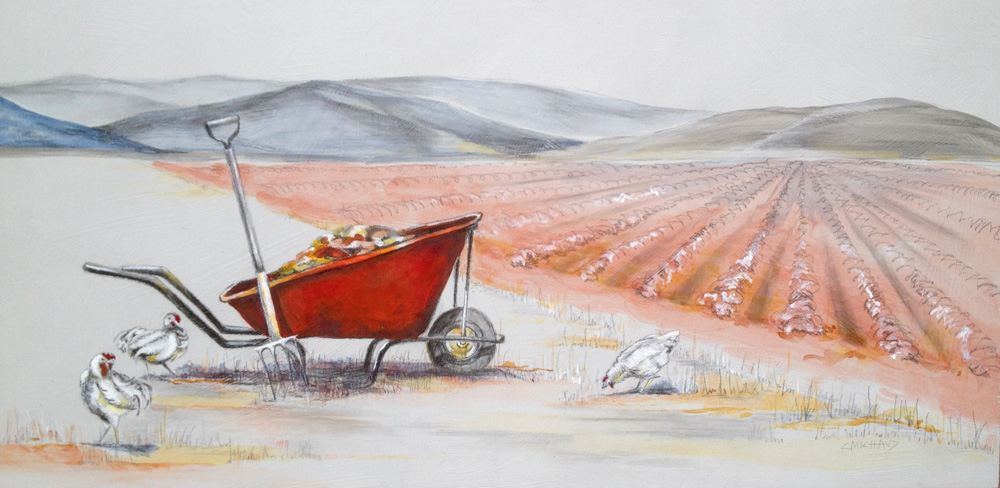
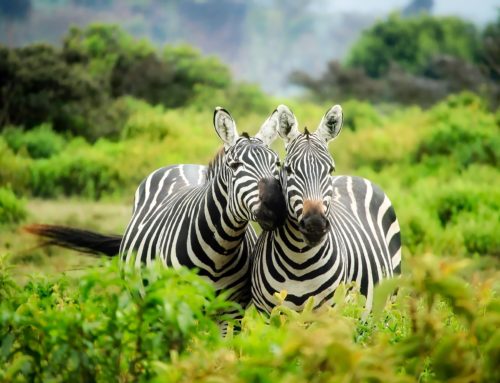

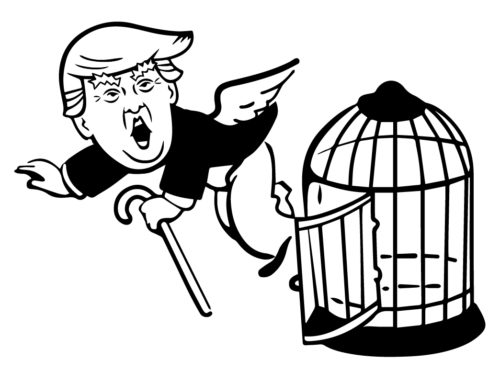
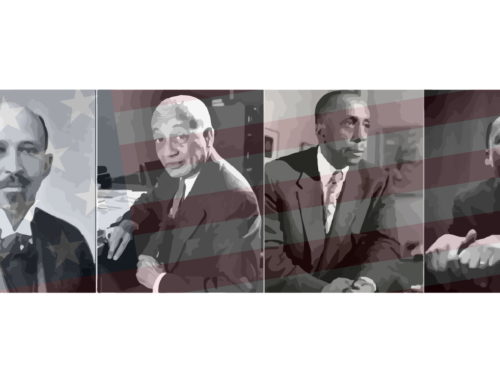
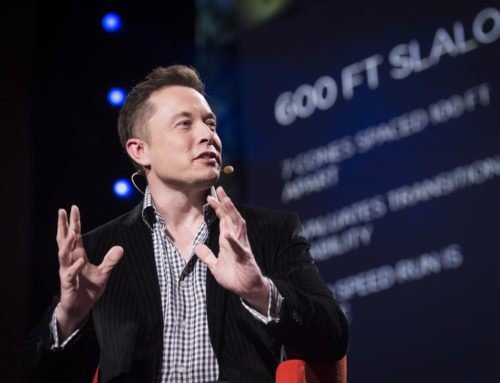
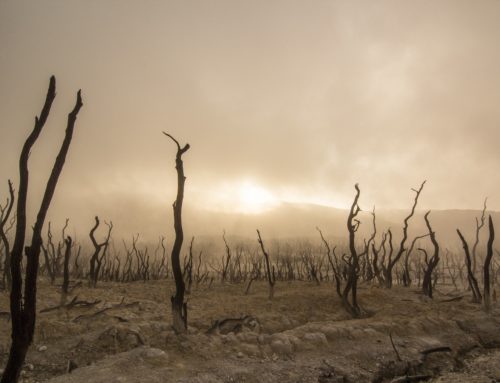
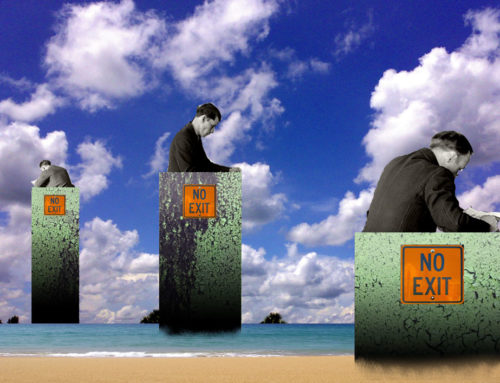
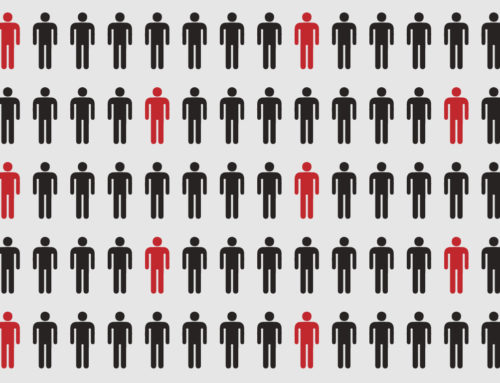
This is a beautiful essay, and one of my all-time favorites. Having discovered it, I then used it in my philosophy courses with great success. Students loved it; and, in some cases, they said it changed their lives. This had partly to do with the opening poem, and even more to do with the lucid and brilliant way in which Oxenberg then “deconstructs” the poem to illuminate Heidegger’s non-traditional worldview. The poem is simple; and yet: so profound. The poem, and Oxenberg’s astute hermeneutic, exhibit a refreshingly Zen quality. The essay not only helped introduce my students to Existentialism in general and Heidegger in particular, it helped them to value what’s important in life, to appreciate the beauty of the simple and the everyday, and to reflect upon the preciousness of life and the worldview they bring to it. Thanks for posting the essay. It’s a real gem, and I hope it is widely read. Certainly one of its virtues is that it is accessible to, and applicable to, philosophizing folk in college, graduate school, and beyond.